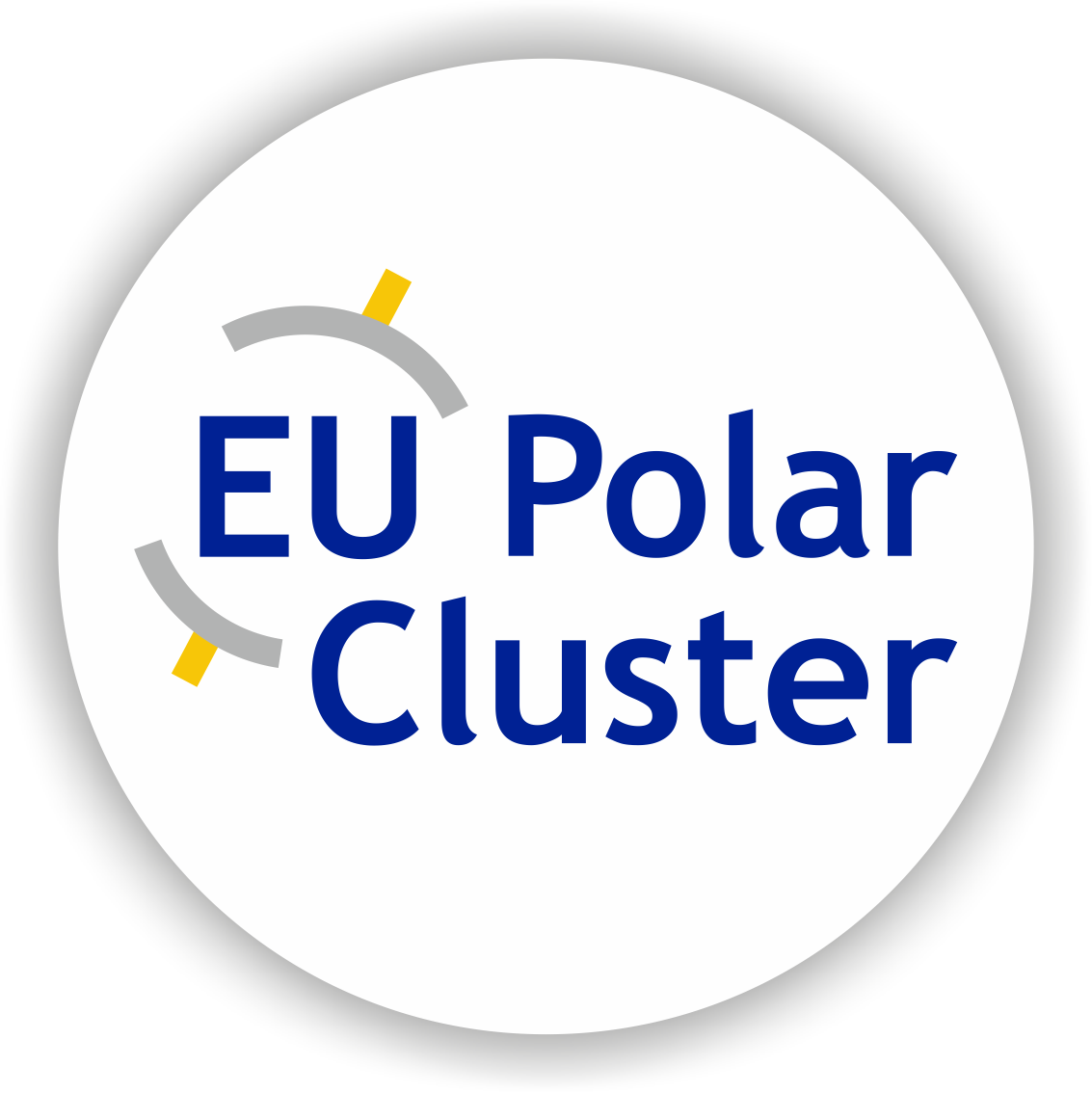Kalaallit Nunaat (Greenland)
The southern part of Greenland, particularly around Qaqortoq, Narsaq and Nanortalik, is a highly interesting area of study. Here, research can monitor pollution and biogeochemical processes within the currents from the North Atlantic into the Labrador Sea. The diverse array of livelihoods and economic activities, including agriculture, fishing, hunting, gathering and tourism, alongside its cultural diversity that includes Kalaallit Inuit communities and local stakeholders enhance the multifaceted nature of the region as a focal point for knowledge co-production concerning the impacts of climate change and pollution on communities and ecosystems, as well as strategies for adaptation and mitigation.
Iceland
Iceland's glaciers are melting rapidly, leading to changes in the landscape and major glacial rivers flowing into the fjord systems of both Akureyri and Húsavík. Additionally, the effects of climate change in the North Icelandic sea and coastal area contribute to ocean acidification, the spread of invasive species and increased pollution from marine traffic, including cruise ships, trawlers and whale watching vessels, which affects fisheries, tourism, and agricultural processing centres in Akureyri and Húsavík.
Svalbard
The rapid melting of the cryosphere (terrestrial snow cover, permafrost and sea ice) in the Svalbard archipelago has increased the inflow of Atlantic-derived waters into the Arctic region. Southern Spitsbergen (Sørkapp Land) is one of our research sites in Svalbard, as it forms the first potential accumulation zone for marine litter brought by ocean currents. Research in this area will facilitate the collection of comparable data on pollution. At our second Svalbard research site in Northern Spitsbergen, our studies will complement available long-term measurements on the rapid retreat of glaciers and snow cover.







